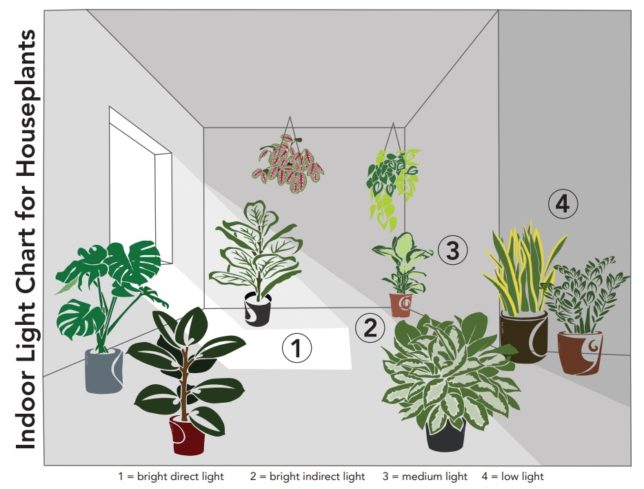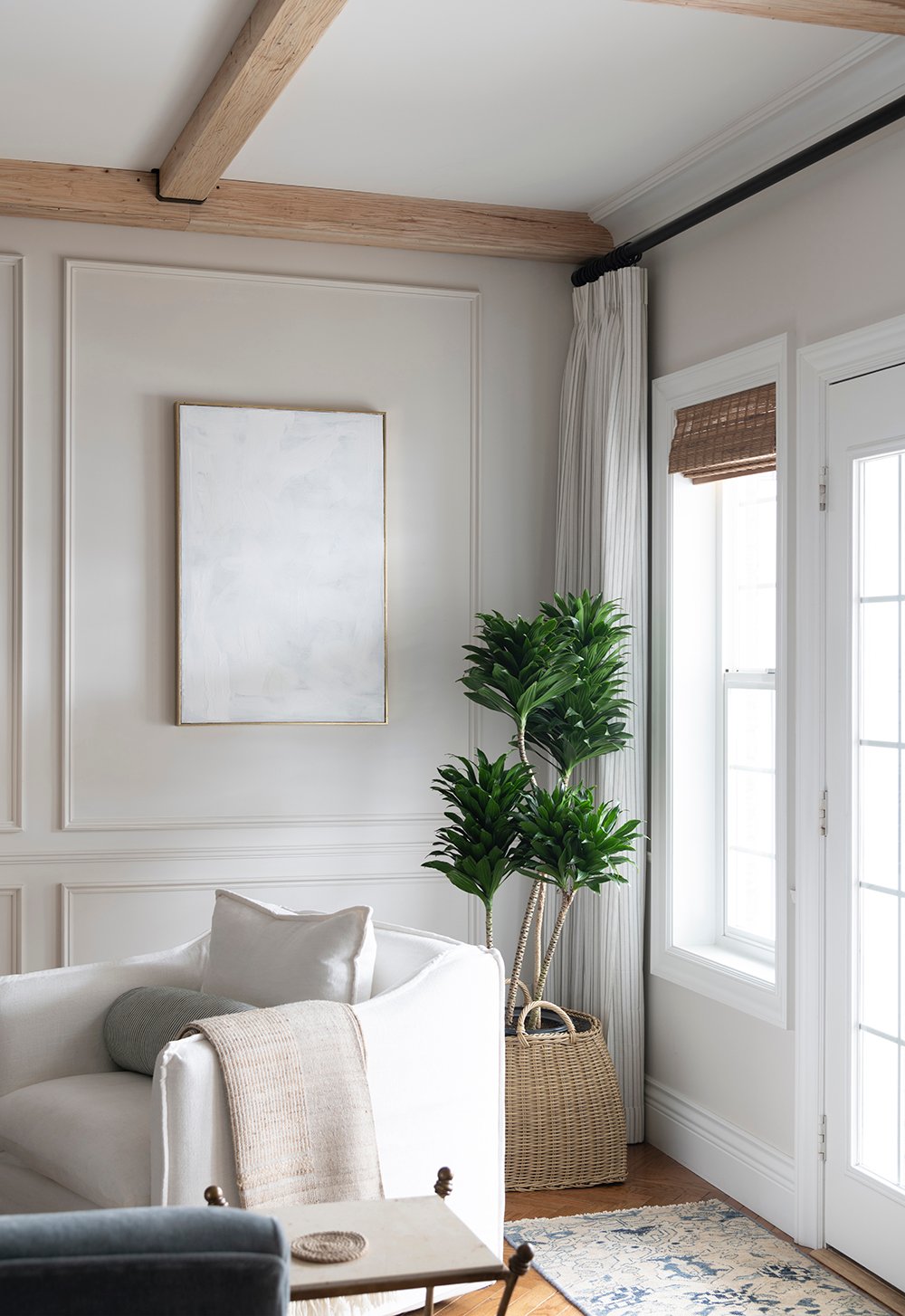Explore the Best Low-Light Indoor Plants for Easy and Stylish Home Decor
Explore the Best Low-Light Indoor Plants for Easy and Stylish Home Decor
Blog Article
Uncover the Secrets of Low-Light Indoor Plants and How They Enhance Your Atmosphere
Low-light indoor plants have amassed enhancing attention for their unique capacity to improve both aesthetic appeal and ecological high quality within homes and work environments. These resistant types, including the Serpent Plant and Peace Lily, not just prosper in challenging lights conditions but additionally play an essential role in air filtration and emotional health.
Benefits of Low-Light Indoor Plants
Although many individuals presume that indoor plants need abundant sunshine to thrive, low-light interior plants offer a plethora of benefits that make them ideal for different settings. One of the key advantages is their flexibility; they can thrive precede with limited all-natural light, such as workplaces, basements, or areas with small home windows. This attribute allows people to enhance their environments with plant, adding to enhanced looks without the need for comprehensive lights modifications.
Additionally, low-light interior plants can considerably enhance interior air quality by launching and filtering system harmful toxic substances oxygen, making living rooms healthier. Study has shown that specific selections can soak up pollutants, therefore promoting a cleaner environment. In addition, they can enhance mental wellness by lowering stress and enhancing efficiency. The visibility of plants has been linked to higher feelings of harmony and emphasis.
Furthermore, low-light plants frequently require much less upkeep than their sun-loving equivalents, making them ideal for hectic people or those brand-new to horticulture. Their durability allows them to prosper with very little treatment, hence offering a gratifying experience for plant fanatics and amateurs alike. In recap, low-light interior plants offer both functional and visual purposes, making them valuable enhancements to any room.
Top Low-Light Plant Selections
Low-light indoor plants come in a variety of types, each offering unique characteristics and benefits matched for dark atmospheres. Among one of the most prominent varieties is the Serpent Plant (Sansevieria), understood for its architectural fallen leaves and air-purifying abilities. This durable plant thrives on forget and can tolerate a large range of light conditions.
An additional outstanding selection is the ZZ Plant (Zamioculcas zamiifolia), which features shiny, dark eco-friendly leaves and is extremely drought-tolerant. Its flexibility makes it a preferred for offices and homes with restricted sunshine.
The Pothos (Epipremnum aureum) is also a leading contender, with its trailing creeping plants and heart-shaped fallen leaves - Best low-light indoor plants. This flexible plant can be educated to climb up or cascade, including aesthetic passion to any type of room

Treatment Tips for Low-Light Plants
Looking after low-light indoor plants requires a nuanced understanding of their certain requirements to make certain optimum growth and vigor. It is crucial to choose the right potting mix, as a well-draining soil is crucial to stop root rot. A mix developed for houseplants, commonly having peat moss and perlite, works well for many low-light selections.
Watering is an additional essential facet of treatment. Low-light plants generally need much less frequent watering compared to their sun-loving counterparts.
Fertilizing needs to be approached with care. Throughout the growing season, a diluted liquid plant food can be applied monthly, however in winter season months, several low-light plants enter dormancy and call for little to no fertilizing.
Last but not least, it is very important to regularly cleanse the leaves to remove dust, enabling for much better light absorption. By sticking to these care suggestions, you can cultivate a growing setting for your low-light interior plants, enhancing both their appearance and durability.
Enhancing Air High Quality With Plants
Indoor plants play a considerable duty in boosting air top quality within homes and office. Through the process of photosynthesis, these plants absorb carbon dioxide and release oxygen, adding to a healthier environment. Furthermore, certain low-light indoor plants have the capacity to filter hazardous pollutants, such as trichloroethylene, benzene, and formaldehyde, which are commonly located in indoor atmospheres.

In addition, the visibility of interior plants can raise moisture degrees, which aids alleviate completely dry skin and respiratory system concerns, further improving overall well-being. This ability to boost air quality not only advertises physical wellness yet likewise supports mental wellness.
Including low-light interior plants into your living and working spaces can result in a more stimulating and dynamic atmosphere (Best low-light indoor plants). Purchasing these natural air cleansers is a basic yet effective strategy for enhancing interior air high quality and fostering a much healthier way of life
Producing a Tranquil Indoor Area
The integration of plants right into living spaces not just boosts air high quality but additionally adds to a serene environment. Low-light indoor plants, such as serpent plants and pothos, are specifically efficient in creating a calm atmosphere, as they thrive in problems that might otherwise be unwelcoming for other visit plant. Their lush vegetation supplies a soothing visual, decreasing stress and promoting leisure.
Incorporating these plants right into your office or home can evoke a feeling of peace and health. Tactically placing them in areas where you invest significant time, such as living spaces or work areas, enables an immersive experience with nature, which has been shown to boost mood and cognitive feature.
Furthermore, the mild activity of leaves in feedback to air flow can develop a dynamic visual aspect that boosts the overall setting. Consider utilizing a selection of plant elevations more information and textures to add deepness and passion to your space. With thoughtful placement and treatment, low-light interior plants can transform any type of location right into a calm sanctuary, promoting not just visual satisfaction however also psychological and psychological wellness.

Final Thought
Integrating low-light indoor plants right into numerous settings yields significant benefits, including enhanced air high quality and improved visual allure. The transformative power of low-light plants emphasizes their value in enhancing both job-related and residential settings.
Although many people assume that indoor plants require abundant sunshine to grow, low-light interior plants supply a multitude of benefits that make them perfect for various environments.In addition, low-light interior plants can dramatically boost indoor air quality by filtering harmful contaminants and launching oxygen, making living spaces healthier. In here are the findings addition, specific low-light indoor plants have the ability to filter harmful toxins, such as formaldehyde, benzene, and trichloroethylene, which are frequently found in interior environments.
Low-light interior plants, such as snake plants and pothos, are specifically effective in developing a peaceful setting, as they thrive in problems that may or else be inhospitable for other plant.Incorporating low-light interior plants into different settings yields substantial benefits, consisting of boosted air high quality and boosted aesthetic charm.
Report this page